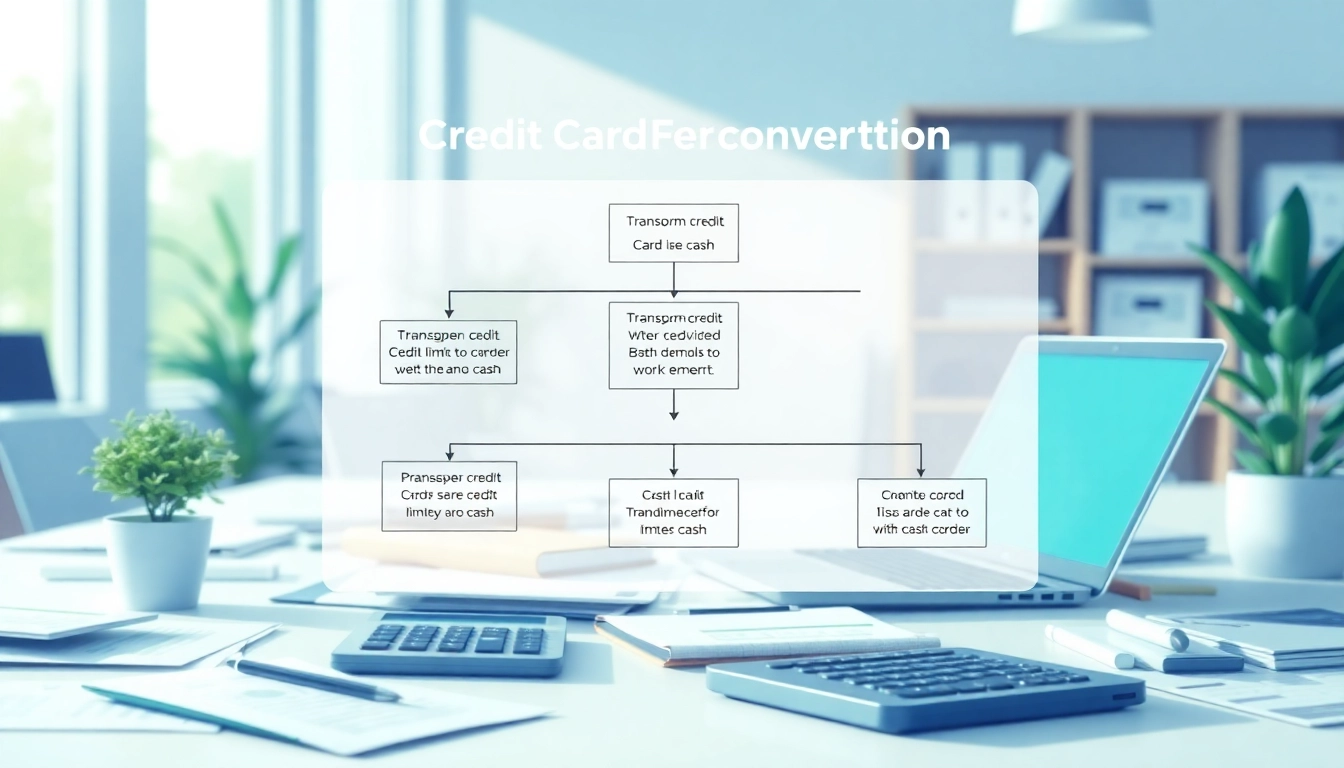Understanding Trade Futures: Basics and Terminology
Trade futures are contracts that traders enter into to buy or sell a specific asset at a predetermined future date and price. These contracts are essential for hedging against price fluctuations in various markets and provide traders with opportunities to speculate on market movements. Futures trading is not just limited to commodities; it encompasses financial instruments and indices as well. Understanding the fundamentals of trading futures can set the foundation for effective investment strategies and portfolio diversification. For more in-depth insights into trade futures, this article will guide you through its basics, benefits, strategies, and tools necessary for successful trading.
What Are Trade Futures?
At their core, futures contracts are agreements between two parties to transact a specified quantity of an asset at a predetermined price on a future date. These contracts can be applied to various assets, including commodities like oil, gold, and agricultural products, or financial instruments such as currencies and stock indices.
The primary appeal of futures is the ability to hedge against risk or speculate on price movements with arguably less initial investment compared to buying physical assets. This leverage can amplify both potential gains and losses. Futures trading requires participants to maintain margin accounts, which involve collateral that serves as a safety net in case of adverse market movements.
Key Terminology in Futures Trading
Understanding futures trading involves familiarizing yourself with key terms. Here are some important ones:
- Contract Size: The standardized quantity of the asset specified in the futures contract, which varies by commodity. For instance, a standard crude oil futures contract typically represents 1,000 barrels.
- Expiration Date: The date when the contract matures, and the underlying asset must be delivered, or the position must be settled.
- Leverage: The use of borrowed capital to increase the potential return on an investment. Futures allow traders to control a larger position than they could with the cash in their account.
- Margin: The collateral required to open a futures position, which is generally a small percentage of the total value of the position.
- Long Position: Buying a futures contract with the expectation that the price of the underlying asset will rise.
- Short Position: Selling a futures contract expecting that the price of the underlying asset will decline.
How Trade Futures Work: An Overview
When trading futures, the process typically follows these steps:
- Opening a Futures Account: Traders must open a margin account with a broker who provides access to futures exchanges.
- Position Selection: Traders choose the type of futures contracts they wish to trade based on their market outlook and investment strategy.
- Order Placement: Orders can be placed as buy (long) or sell (short) orders, based on the trader’s market expectations.
- Monitoring Positions: Traders continuously monitor their open positions, adjusting as required based on market conditions.
- Closing the Position: Futures contracts can be closed before expiration through offsetting trades—selling long positions or buying back short positions.
Benefits of Engaging in Trade Futures
The appeal of trading futures lies in numerous advantages, including the potential for significant returns, the ability to hedge risks, and the opportunity for market diversification.
Potential for High Leverage and Returns
Futures trading is known for its inherent leverage, which allows traders to control substantial amounts of an underlying asset with a relatively small investment. This can lead to significant returns on investment if the market moves in the trader’s favor. However, it is crucial to recognize that while leverage amplifies potential gains, it also increases the risk of significant losses.
Diversification of Investment Portfolio
Incorporating futures into an investment strategy can effectively diversify an investment portfolio. Futures contracts cover a broad array of assets beyond traditional stocks and bonds, including commodities, currencies, and indices. This diversification can help mitigate risk, as different asset classes may respond differently to market events and economic changes.
Hedging Against Market Volatility
Futures provide an efficient tool for hedging against price volatility, allowing companies and investors to lock in prices for the commodities they depend on. For instance, farmers can secure prices for their crops ahead of harvest, and businesses reliant on raw materials can manage costs by trading futures contracts as a hedge against inflation or scarcity.
Popular Futures Markets: Where to Start
Futures markets offer a variety of contracts across different asset classes. Understanding where to start based on personal interests and market trends is crucial for any trader.
Commodities Futures: Gold, Oil, and More
The commodity futures market is among the most recognized, involving physical goods such as gold, oil, natural gas, agricultural products, and more. Gold futures allow investors to hedge against economic uncertainty, while oil futures can be critical for addressing demand and supply concerns in energy markets.
Financial Futures: Interest Rates and Indexes
Financial futures, such as those based on interest rates or major stock indices (e.g., S&P 500, Dow Jones), allow investors to gain exposure to the broader financial market dynamics without direct ownership of underlying assets. This market is particularly popular among institutional investors and hedge funds for managing risk related to interest rate changes and stock market fluctuations.
Currencies in Futures Trading
Currency futures are contracts that specify the exchange rate at which currency will be bought or sold at a future date. They are primarily used for hedging against foreign exchange risk in international trade or investment operations. The futures market includes a variety of currencies, allowing traders to speculate on exchange rate movements and protect against unfavorable shifts in currency values.
Trading Strategies for Success in Trade Futures
Effective trading strategies are critical for success in the futures market. Different strategies can be employed based on market conditions, risk tolerance, and individual financial goals.
Technical Analysis Techniques
Traders often utilize technical analysis as a means of forecasting future price movements based on historical price data. Key techniques include:
- Chart Patterns: Recognizing formations that indicate future market movements, such as head and shoulders or triangles.
- Indicators: Utilizing mathematical calculations based on price, volume, or open interest to forecast future movements. Common indicators include moving averages, RSI, and MACD.
- Price Action Analysis: Focusing on the movement of price, looking to identify buyer and seller behavior.
Fundamental Analysis Principles
In contrast to technical analysis, fundamental analysis involves evaluating the underlying factors affecting an asset’s value. This can include economic indicators, supply and demand dynamics, geopolitical events, and seasonal trends, especially significant in the commodities markets. For example, analyzing weather patterns can provide insight into agricultural futures.
Risk Management Practices
Success in futures trading goes hand-in-hand with effective risk management. Techniques include:
- Setting Stop-Loss Orders: Automatically selling a contract to limit potential losses.
- Position Sizing: Determining the number of contracts to trade based on account size and risk tolerance.
- Diversification: Spreading investments across different contracts or asset classes to manage risk exposure.
Getting Started: Tools and Platforms for Trade Futures
Choosing the right tools and platforms is essential for effective futures trading. The trading environment can significantly influence a trader’s success.
Selecting the Right Trading Platform
When selecting a trading platform, it is crucial to consider features such as user interface, commissions and fees, available markets, technical analysis tools, and customer support. Many platforms also offer educational resources and demo accounts to practice trading without financial risk.
Essential Tools for Successful Futures Trading
Key tools for futures trading include:
- Charting Software: Platforms that provide real-time market data and analysis capabilities.
- Market News Services: Sources that keep traders informed about market-moving news, economic reports, and geopolitical events.
- Trading Journals: Keeping detailed records of trades can help identify successful strategies and areas needing improvement.
Staying Informed: Resources and Learning Platforms
Education is vital for traders at all levels. Investing time in continuous learning can enhance understanding and provide insights into successful future trading. Numerous resources, including online courses, webinars, podcasts, and books, can offer valuable knowledge and strategies.



